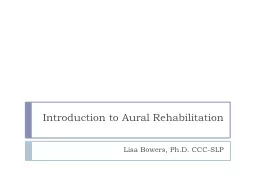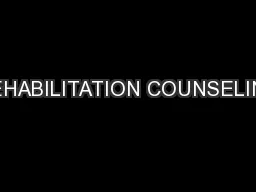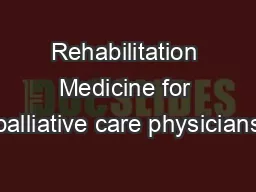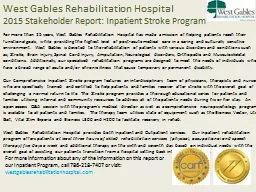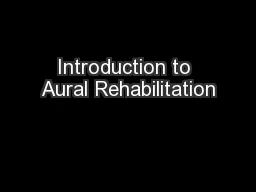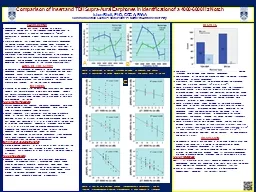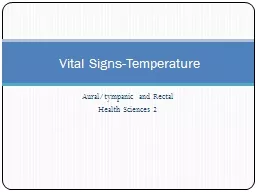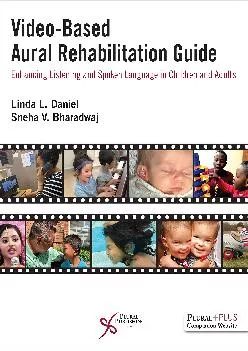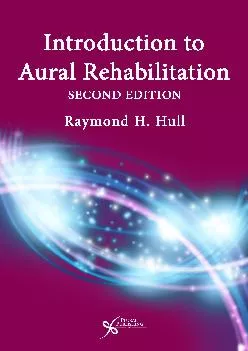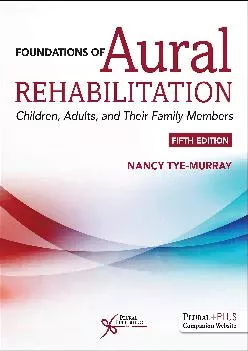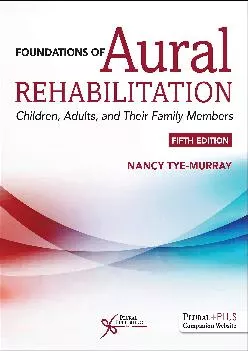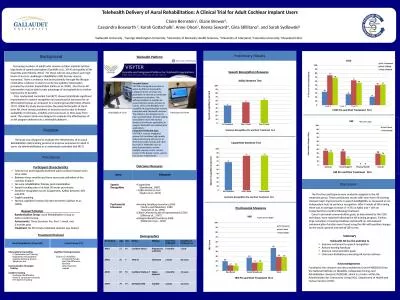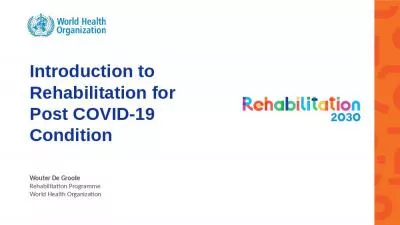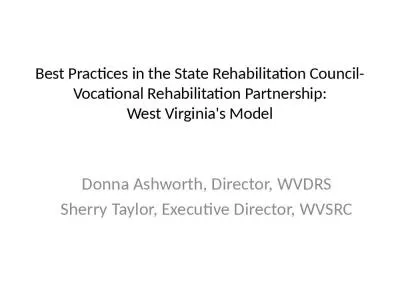PPT-Introduction to Aural Rehabilitation
Author : conchita-marotz | Published Date : 2017-09-24
Lisa Bowers PhD CCC SLP Speech Development in Children with Hearing Loss Chapter Six pages 230236 Speech development and Hearing Loss infants with HL will produce
Presentation Embed Code
Download Presentation
Download Presentation The PPT/PDF document "Introduction to Aural Rehabilitation" is the property of its rightful owner. Permission is granted to download and print the materials on this website for personal, non-commercial use only, and to display it on your personal computer provided you do not modify the materials and that you retain all copyright notices contained in the materials. By downloading content from our website, you accept the terms of this agreement.
Introduction to Aural Rehabilitation: Transcript
Download Rules Of Document
"Introduction to Aural Rehabilitation"The content belongs to its owner. You may download and print it for personal use, without modification, and keep all copyright notices. By downloading, you agree to these terms.
Related Documents

